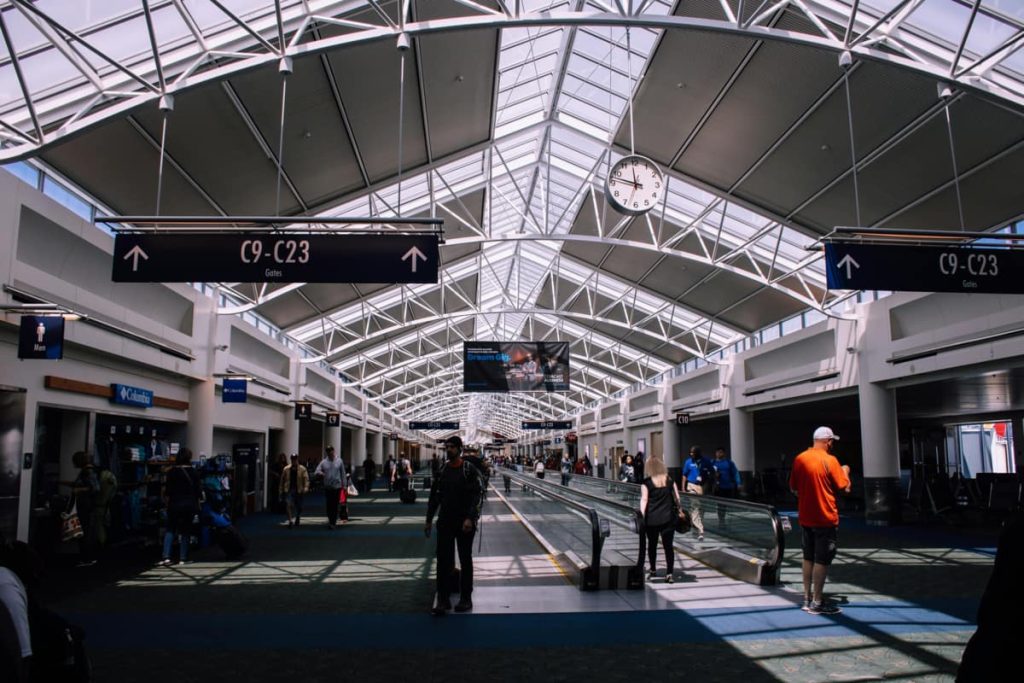
Airports are complex environments that rely on a multitude of specialized equipment to function smoothly. From the moment a passenger arrives to the time their plane takes off, various machines and devices work in harmony to ensure safety, efficiency, and comfort. Understanding the key pieces of equipment that keep airports operational reveals the intricate planning and coordination required to handle the massive flow of people and goods. These tools not only facilitate day-to-day operations but also play a crucial role in maintaining security and minimizing delays. Let’s explore some of the essential equipment that forms the backbone of airport operations.
1. Air Traffic Control Systems
Air traffic control (ATC) systems are the nerve center of any airport, responsible for managing the safe and efficient movement of aircraft on the ground and in the air. These systems include radar, communication devices, and computer systems that track and guide aircraft during takeoff, landing, and while in transit. ATC personnel rely on these tools to monitor airspace, prevent collisions, and coordinate the flow of planes, ensuring that every movement is precise. The importance of ATC systems cannot be overstated, as they play a critical role in maintaining the safety and orderliness of the skies. With technological advancements, these systems have become more sophisticated, allowing for better management of increasing air traffic.
2. Baggage Handling Systems
Baggage handling systems are a crucial component of airport operations, designed to efficiently transport luggage from check-in counters to aircraft and vice versa. These systems are composed of a network of conveyor belts, scanners, and sorting machines that ensure luggage is correctly routed to its destination. Automation has greatly enhanced the efficiency of baggage handling, reducing the likelihood of lost or mishandled luggage. These systems must operate with precision and speed, as any delay or error can cause significant disruptions. As airports continue to expand, the integration of more advanced baggage handling technologies becomes increasingly vital to meet the growing demand.
3. Runway Maintenance Equipment
The condition of runways is paramount to the safety of all airport operations, and maintaining them requires specialized equipment. Runway maintenance equipment includes machines for snow removal, surface inspection, and lighting systems, all of which ensure that runways remain in optimal condition. During winter months, snowplows and de-icing vehicles are essential to keep runways clear and safe for aircraft. Regular surface inspections are conducted using advanced equipment to detect and repair any damage that could pose a hazard. The importance of runway maintenance equipment lies in its ability to prevent accidents and ensure that airports remain operational under various weather conditions.
4. Passenger Screening Equipment
Passenger screening is a critical aspect of airport security, aimed at preventing unauthorized items from being carried onto aircraft. The equipment used for screening includes X-ray machines, metal detectors, body scanners, and explosive detection systems. These tools help security personnel identify potential threats and ensure that all passengers comply with safety regulations. The effectiveness of passenger screening equipment is crucial in maintaining the safety and security of air travel. With evolving security threats, airports are continuously upgrading their screening technologies to enhance detection capabilities and reduce waiting times for passengers.
5. Ground Support Equipment
Ground support equipment is essential for ensuring that airports operate smoothly and efficiently, handling various tasks from aircraft maintenance to passenger services. Among the crucial equipment is the aircraft ground power unit, which provides necessary electrical power to aircraft while they are on the ground. This unit ensures that the aircraft’s systems remain operational during turnaround and maintenance periods, preventing disruptions and enabling timely departures. Proper maintenance and effective use of the airplane ground power unit contribute significantly to the overall efficiency and safety of airport operations. By integrating such equipment into their operations, airports can maintain high standards of functionality and reliability.
6. Emergency Response Equipment
Airports must be prepared for emergencies, and having the right equipment on hand is essential for responding to incidents quickly and effectively. Emergency response equipment includes fire trucks, ambulances, rescue tools, and medical supplies, all of which are crucial in dealing with accidents, fires, or medical emergencies. Airport fire trucks are specially designed to handle aircraft fires and equipped with powerful water cannons and foam agents to extinguish flames rapidly. Medical teams rely on advanced first aid equipment to provide immediate care to passengers or crew members in distress. The presence of well-maintained emergency response equipment ensures that airports can handle crises efficiently, protecting lives and minimizing damage.
Conclusion
The seamless operation of an airport depends on a complex array of equipment, each playing a critical role in ensuring safety, efficiency, and passenger satisfaction. From air traffic control systems that manage the skies to ground support equipment that services aircraft on the tarmac, these tools are the backbone of modern aviation. Understanding the importance of these key pieces of equipment highlights the intricacies involved in keeping airports running smoothly. As air travel continues to grow, the demand for advanced and reliable airport equipment will only increase, driving further innovation and enhancing the overall travel experience.
